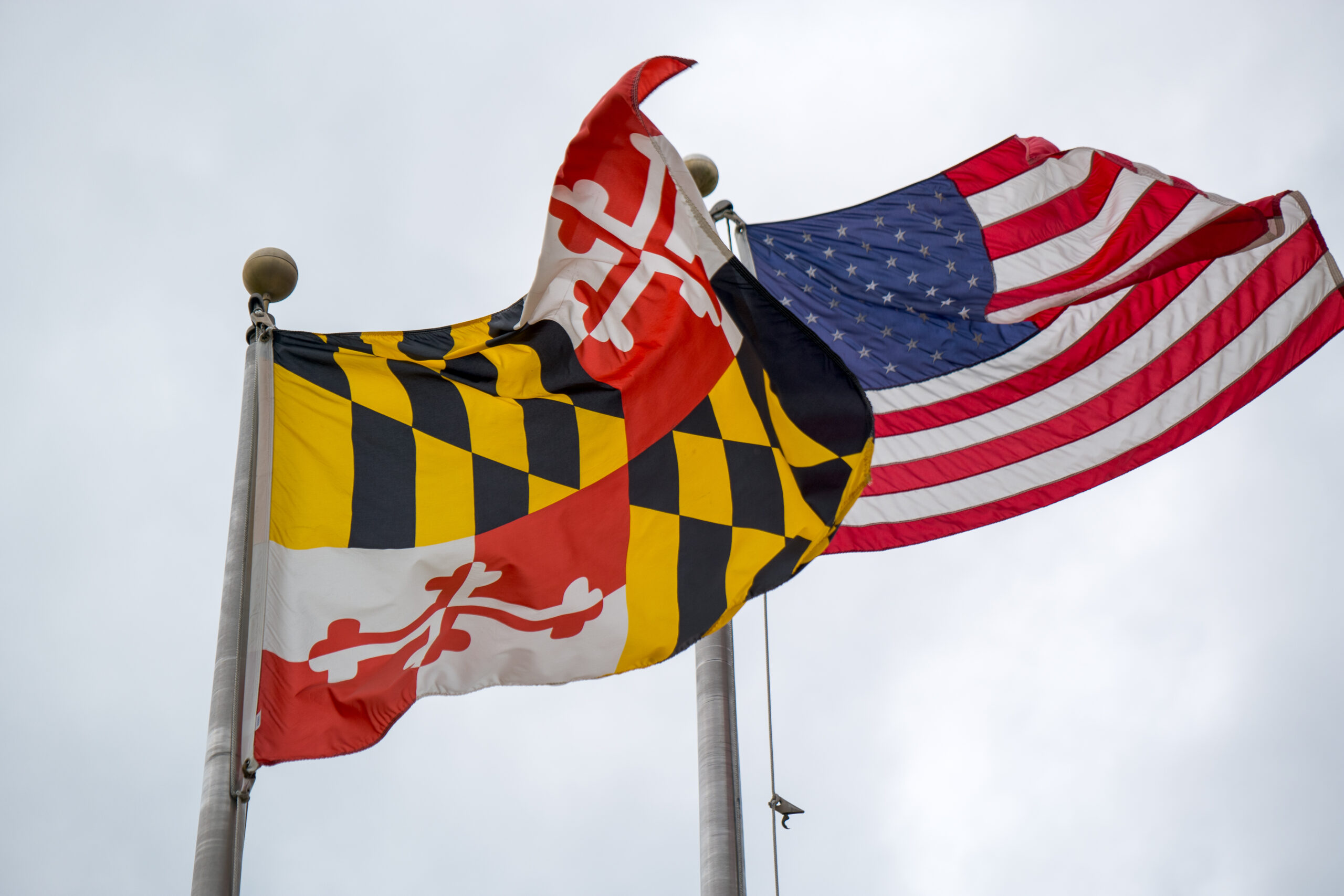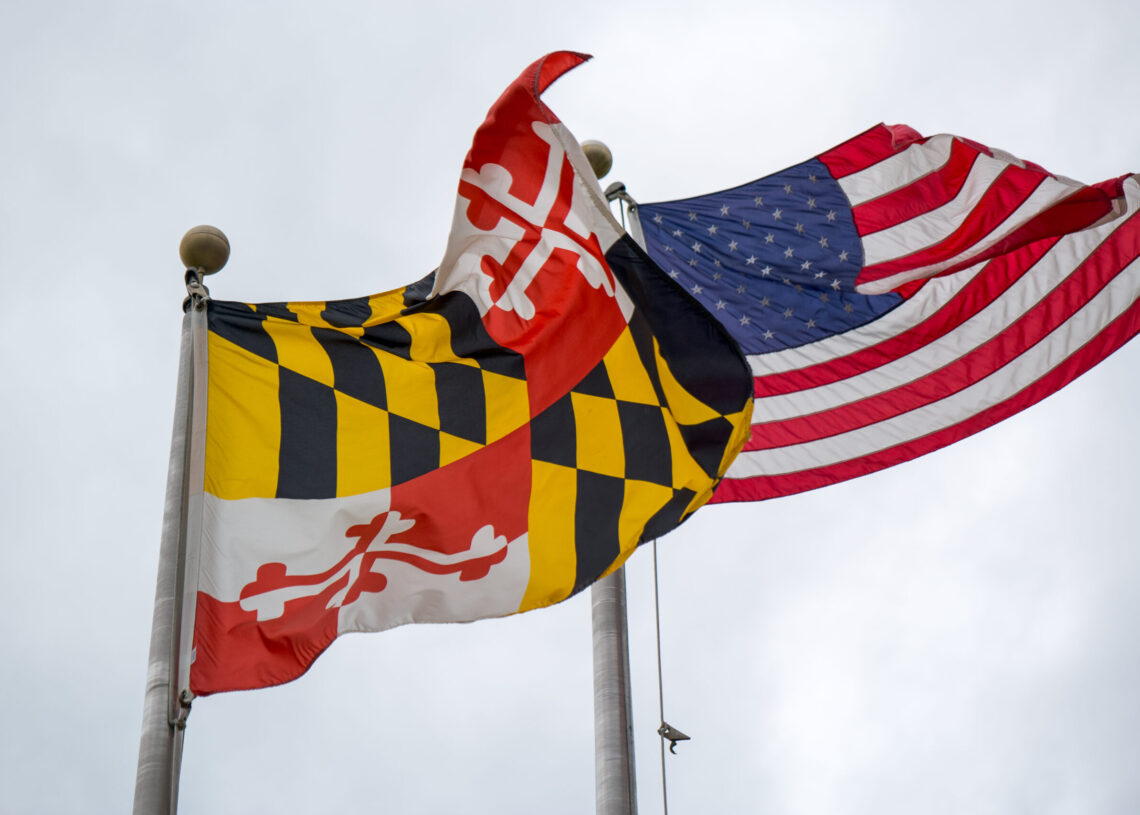
Maryland faces a cash shortfall of $1.4 billion in fiscal year 2027, driven by economic fallout from the Trump administration’s policy decisions, unanticipated spending on entitlement programs like Medicaid and lower than expected revenue, according to budget projections released on Wednesday.
The depth of the budget hole came as a surprise to state leaders, who raised taxes and fees by $1.6 billion and cut about $2 billion from the state budget this year to avoid grappling with a deficit next year ahead of the 2026 midterm elections.
Maryland faces a cash shortfall of $1.4 billion in fiscal year 2027, driven by economic fallout from the Trump administration’s policy decisions, unanticipated spending on entitlement programs like Medicaid and lower than expected revenue, according to budget projections released on Wednesday.
The depth of the budget hole came as a surprise to state leaders, who raised taxes and fees by $1.6 billion and cut about $2 billion from the state budget this year to avoid grappling with a deficit next year ahead of the 2026 midterm elections.
New projections show the state is on track to see structural deficits — where it has committed to spending more money than it brings in — in 2025, 2026 and 2027. The state projects to have structural deficits of $753 million in 2025, $259 million in 2026 and nearly $1.2 billion in 2027, a total of almost $2.2 billion that leaders will have to resolve next year, according to projections published by the state’s Legislative Services Department on Wednesday.
The office of Gov. Wes Moore (D) says tax increases are off the table. In January, he proposed a plan to eliminate itemized deductions in state taxes, which would have raised new revenue to close a nearly $3 billion deficit at the time. Lawmakers rejected Moore’s plan but worked with him to come up with another tax increase affecting high-income earners and capital gains. That and some fee increases raised $1.6 billion for the state.
“Ongoing issues in D.C. are affecting every state in the nation, and none more than Maryland,” Yaakov “Jake” Weissmann, acting budget secretary for the Maryland Department of Budget and Management, said in a statement. “We knew this session would bring difficult fiscal challenges, and have already begun working collaboratively with our partners in the General Assembly to develop solutions that will ensure a balanced budget that protects Marylanders and reflects the values of this Administration.”
According to projections, fallout from the One Big Beautiful Bill accounts for a large chunk of lost revenue expected in 2027, about $371 million. Another $321 million came from deficiencies in the 2026 budget that ate up surplus funds that cannot be passed on to the next fiscal year. Maryland also lost more federal workers than any other state, with about 15,100 people out of jobs this year.
Maryland’s economy also has been slow to grow, with the private sector increasing by just 0.1 percent, or about 1,600 jobs, between January and August. Government jobs have declined in that same period, leaving the state with a net gain of just 400 jobs in all sectors in the first eight months of 2025.
State Democratic leaders, who passed the tax increases and cuts before the federal spending bill became law, blamed the bleak economic forecast on federal job and spending cuts, rising costs from tariffs, and the signature legislation championed by President Donald Trump.
“We knew all along we had a lot of uncertainty with the Trump administration,” said Del. Ben Barnes (D-Prince George’s), who chairs the House Appropriations Committee. “The scariest thing is, we’re only 10 months into this administration.”
Barnes said Democrats in the state, who control both chambers of the General Assembly and the governor’s office, are working hard to fill holes in federal resources. Maryland is dealing with challenges on many fronts, from a gap in Supplemental Nutrition Assistance Program benefits this month to disaster relief in Western Maryland denied by the Trump administration. The drop-off in federal support has left the state footing more of the bill and unable to fully afford it.
“We’re committed to maintaining programs that help people,” Barnes said. “But we can’t cover every program.”
By law, Maryland must balance its budget every year and cannot run a deficit, which means the governor and state lawmakers will be forced to resolve the $1.4 billion deficit during the legislative session that begins in January.
“The highest and best use of the General Assembly’s time is keeping Maryland on strong fiscal footing by lowering costs for Maryland families and addressing the $1.4 billion structural deficit so we can meet our constitutional obligation to pass a balanced budget next session,” Senate President Bill Ferguson (D-Baltimore City) said in a statement.
In the months since passing Maryland’s budget, Moore celebrated earlier projections that suggested the state would have a modest surplus at the close of 2025. Those projections did not account for some of the Trump administration’s fiscal policies, nor did they factor in unexpected spending by the state.
“We’ve turned a $3 billion inherited deficit into a surplus,” Moore said in an April op-ed published by the Baltimore Sun the day after the budget passed.
Those words ring hollow now for some Republicans in Annapolis, who say Moore and his fellow Democrats in the General Assembly did not do enough to curb state spending.
“That statement is ludicrous now,” said House Minority Leader Del. Jason C. Buckel (R-Allegany). “We still have massive deficits.”
Republicans in Annapolis were also skeptical of the claim that most of Maryland’s budget woes could be blamed on the Trump administration.
“The truth is, this crisis was created here at home — by reckless spending, failed leadership and political posturing,” said Senate Minority Leader Stephen S. Hershey Jr. (R-Queen Anne’s), who is exploring a run for governor next year.
Hershey also faulted Moore for focusing on a national redistricting push led by Republicans and Democrats who want to secure the U.S. House of Representatives for their parties. Moore is championing an effort to redistrict Maryland to flip the state’s lone House seat held by Republican Rep. Andy Harris.
“Instead of confronting the state’s looming multibillion-dollar deficit, the governor is consumed with national politics and partisan redistricting schemes,” Hershey said. “This is the inevitable result of one-party rule, where accountability disappears and fiscal reality takes a back seat to ambition.”
More tax increases will be a tough sell without the governor’s support during an election year in which every seat in the General Assembly will be on the ballot, along with the governor’s office. But lawmakers also have been reluctant to cut state-funded programs most responsible for driving up spending, including Medicaid, funds for behavioral health and disability services, and money earmarked for the ambitious education restructuring plan known as the Blueprint for Maryland’s Future.
David C. Romans, coordinator of fiscal and policy analysis for the Legislative Services Department, told lawmakers Wednesday that they could use money set aside in reserve accounts known as the Fiscal Stabilization Fund, or Rainy Day Fund, and to fill most of the 2027 budget gap, leaving a more manageable $500 million deficit to deal with through cuts or new revenue. But he warned that using those reserve funds comes with significant risks.
Depleting the Rainy Day Fund from 8 percent to 5 percent of the state’s overall budget, which is the lowest it can go by law, could put the state’s bond rating at risk, Romans said. Bond rating agencies have already warned that Maryland keeps a lower balance in that account than other states with the highest bond rating. That money, once spent, will not be available to fall back on if the economy were to crash, Romans said.
He added that a recession is a real possibility because of ongoing consequences of federal policy, like Trump’s tariffs.
And using the reserve funds does not address structural budget problems that resurface in fiscal 2028, which is projected to have a deficit of more than $3 billion, Romans added.
The post Maryland projects a $1.4 billion deficit despite tax increases
appeared first on Washington Post.




